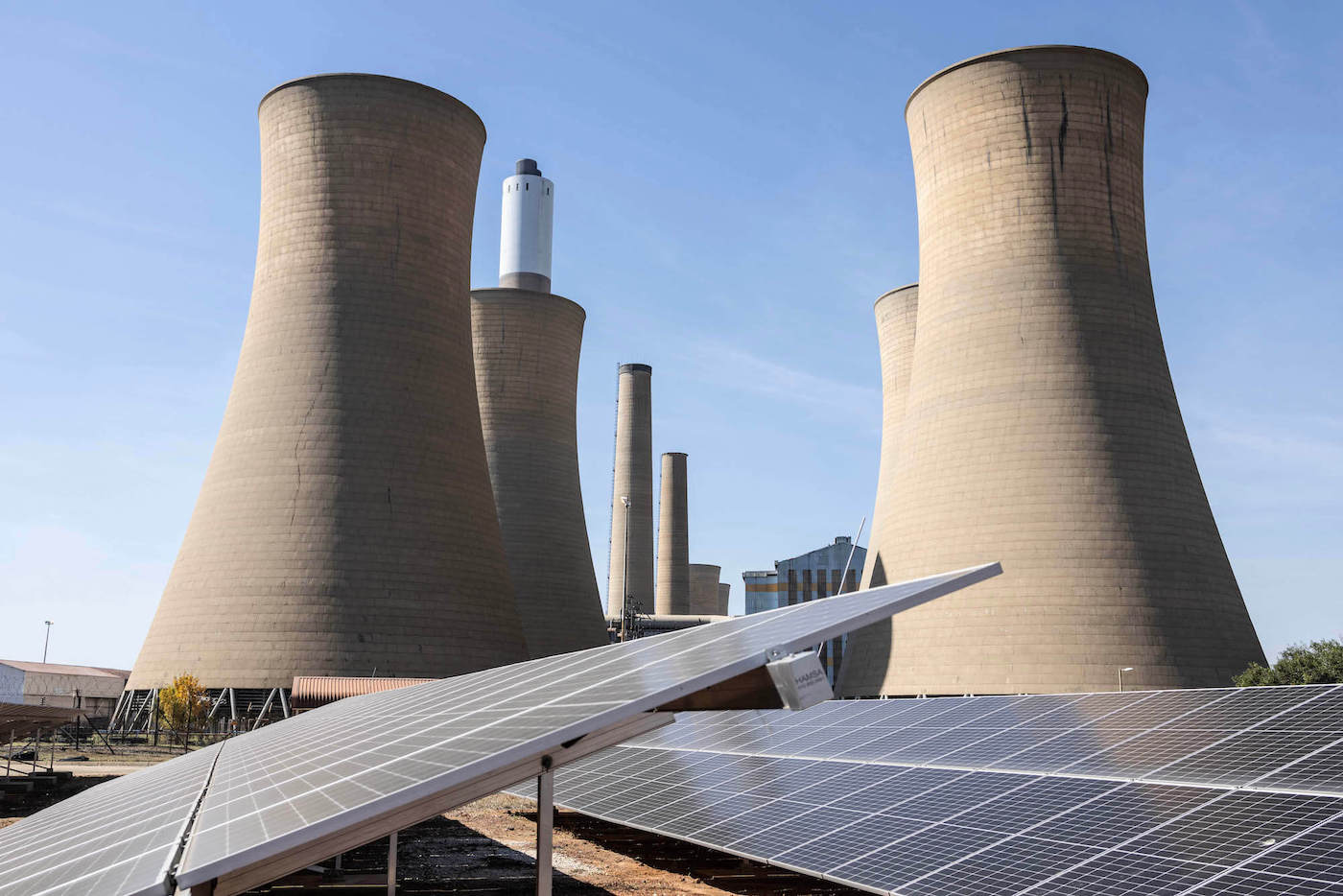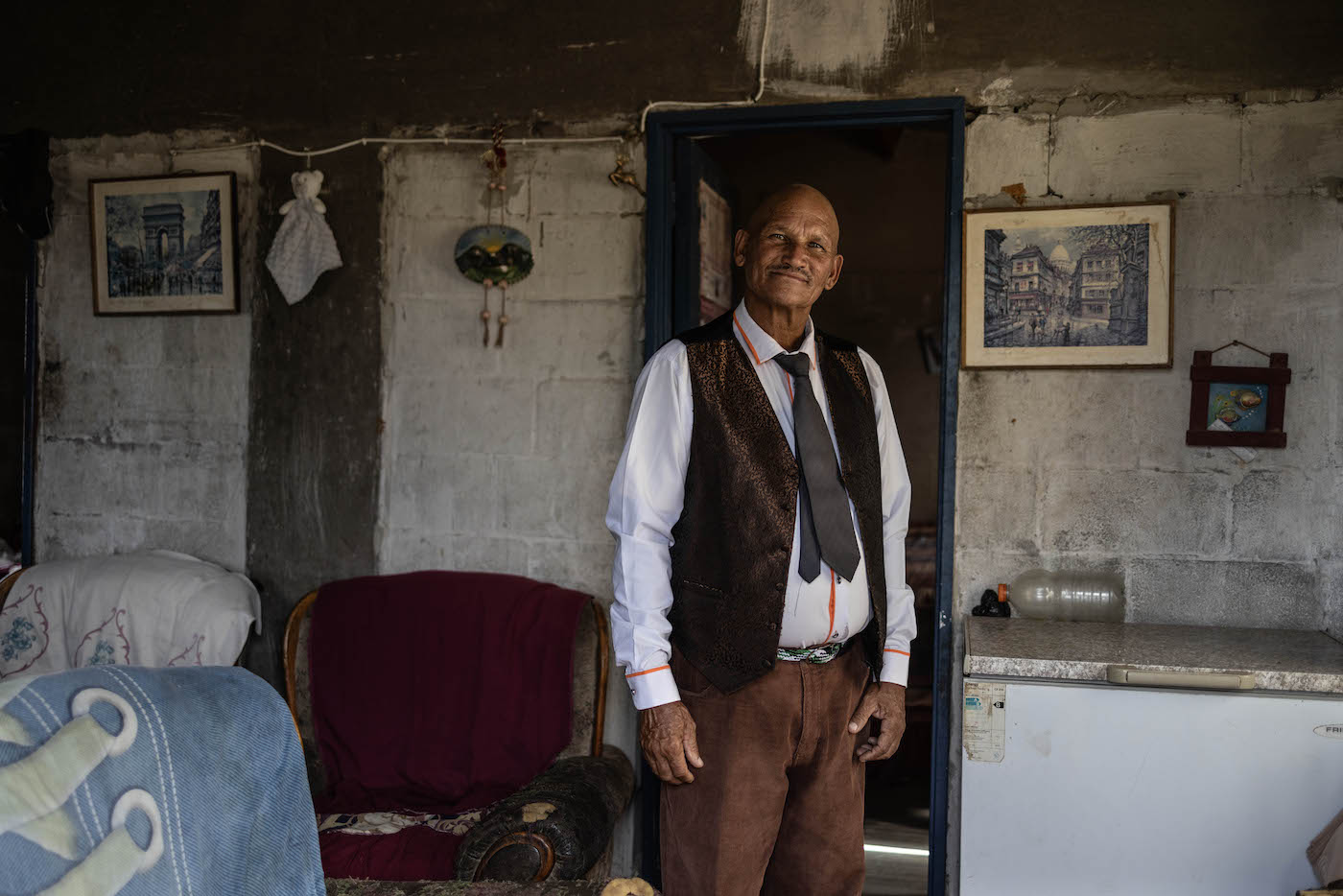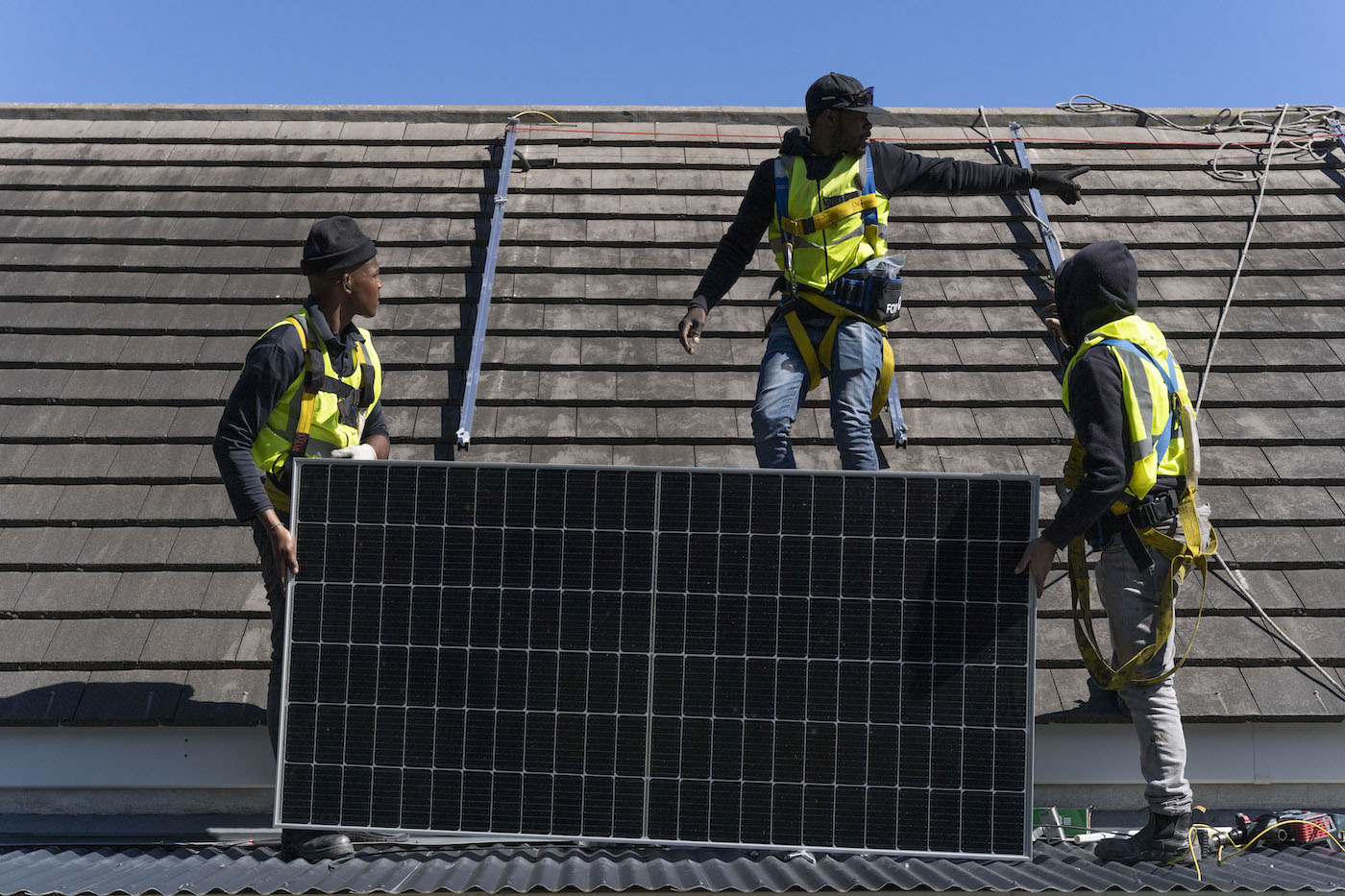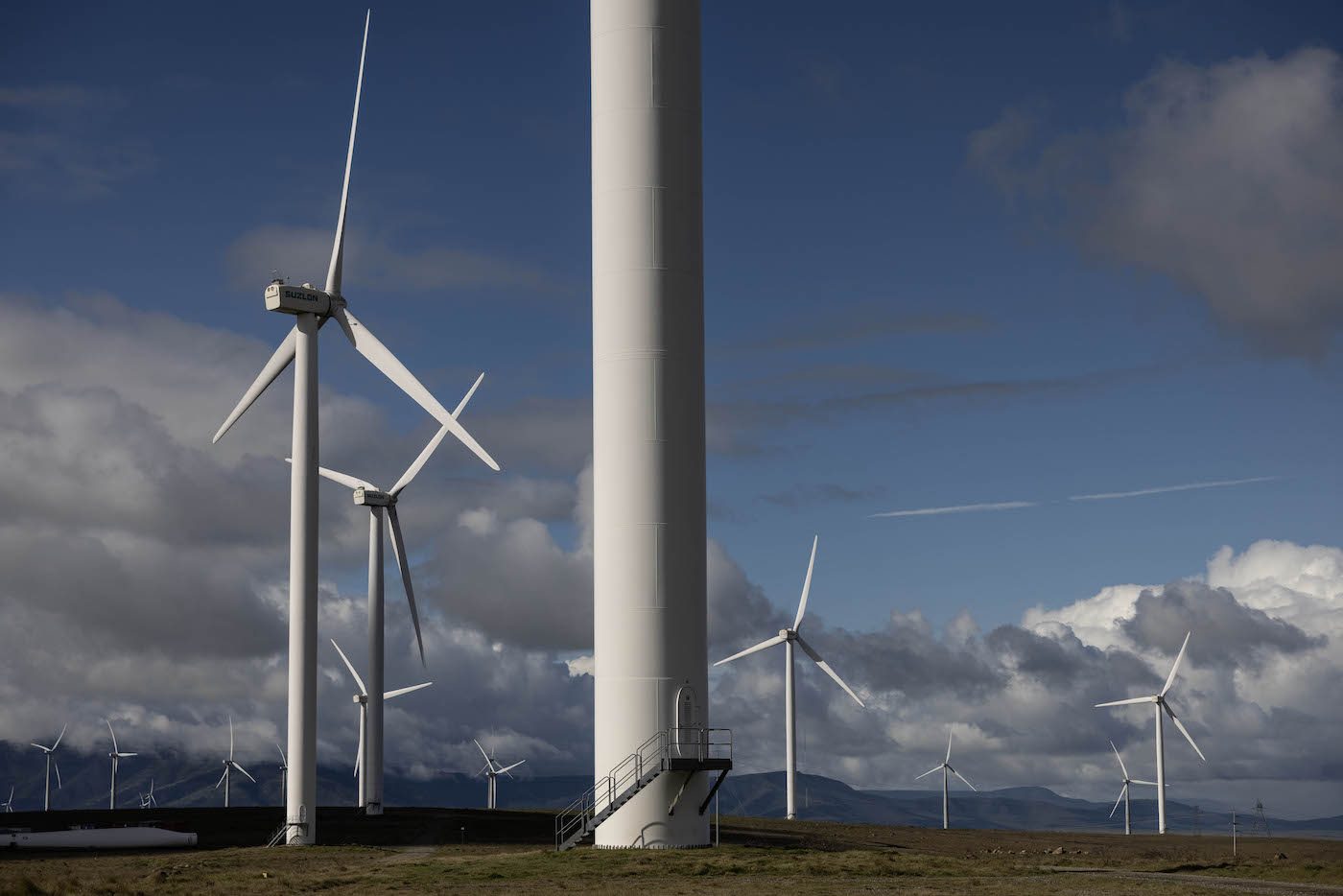
to a just energy transition
Supported by Pulitzer Center
Global electricity mix
Coal
Solar
Wind
Hydro
Oil
Bioenergy
Gas
Nuclear
Other Renewables
South Africa
100%
0%
2000
2023
Indonesia
Vietnam
Senegal
Uruguay
Germany
United Kingdom
Kenya
Australia
Source: Ember, electricity generation by source 2000-2023
Canada
Switzerland
Denmark
Netherlands
United States
France
Germany
European Union
United Kingdom
Climate Investment Fund*
Spain
SA's Future Energy Mix
If South Africa chooses the clean energy pathway half of SA's energy will be wind-generated by 2050
Coal
Gas
Wind
Solar
Hydro
Battery
Nuclear
Writers
Nick Hedley, Shaun Smillie, Shoks Mzolo, Jeanne van der Merwe, Laura Grant
Researchers
Laura Grant, Gemma Ritchie, Gemma Gatticchi, Ro Manoim
Photographers
Barry Christianson, Paul BotesThanks to EIMS and Cape Town Solar for additional photographs
Editing
Laura Grant, Anne Taylor
Design & Programming
Alastair Otter, Ro Manoim




